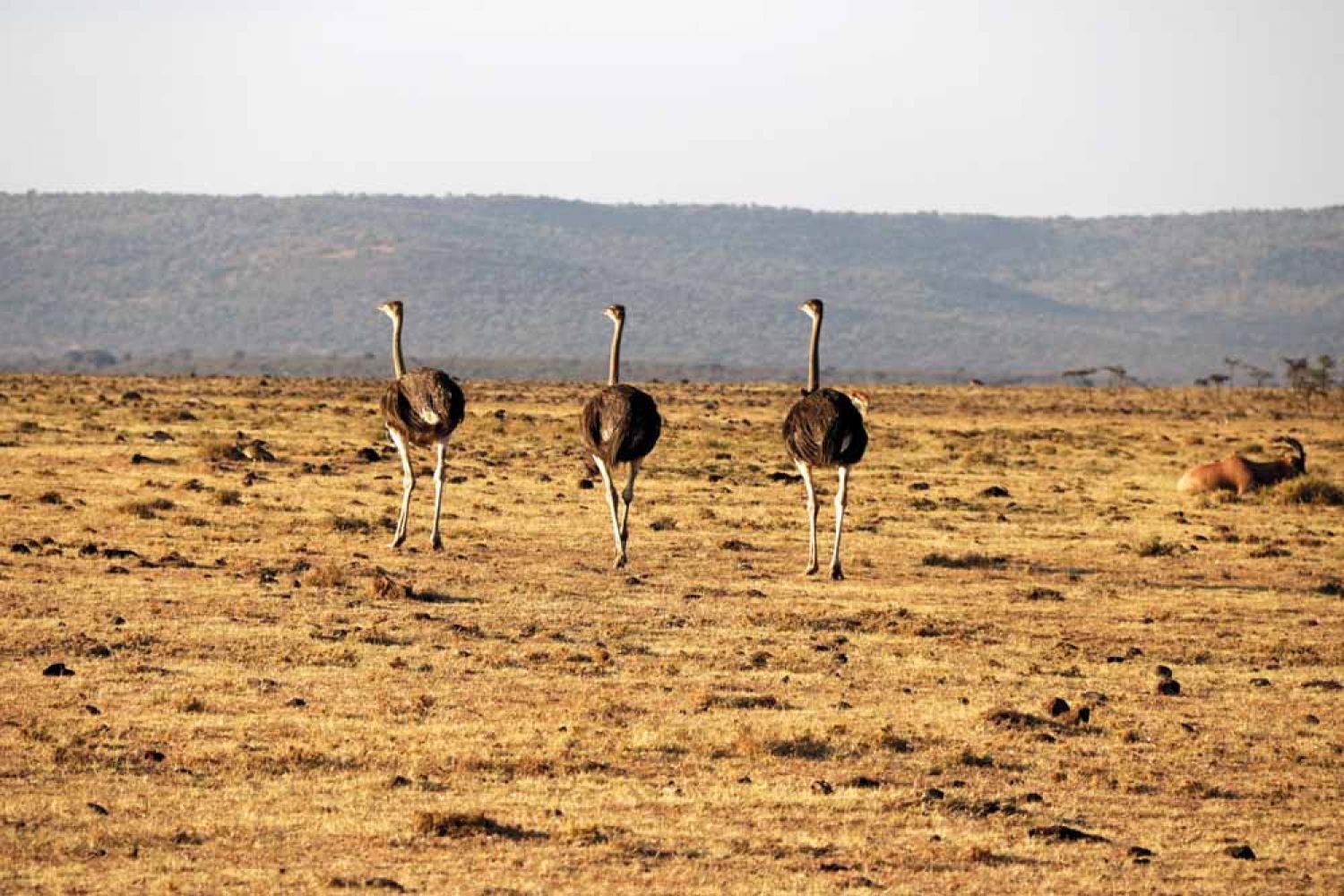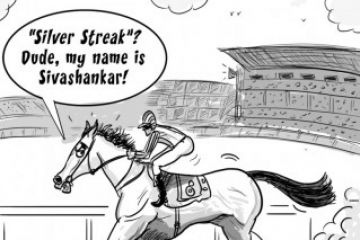
The light
aircraft leaves on time from Wilson airport in Nairobi, the capital of Kenya
and in less than an hour lands on a dusty, bumpy airstrip in the heart of
Maasai Mara. Robert, our Kenyan driver, in his leaf-green uniform greets us
with a broad smile and leads us to an ageing open-topped Toyota Land Cruiser.
It sways and creaks as it moves slowly along the uneven track. On the way, we
are greeted by a group of inquisitive Thompson’s gazelles hopping merrily
alongside. It is a nice w





